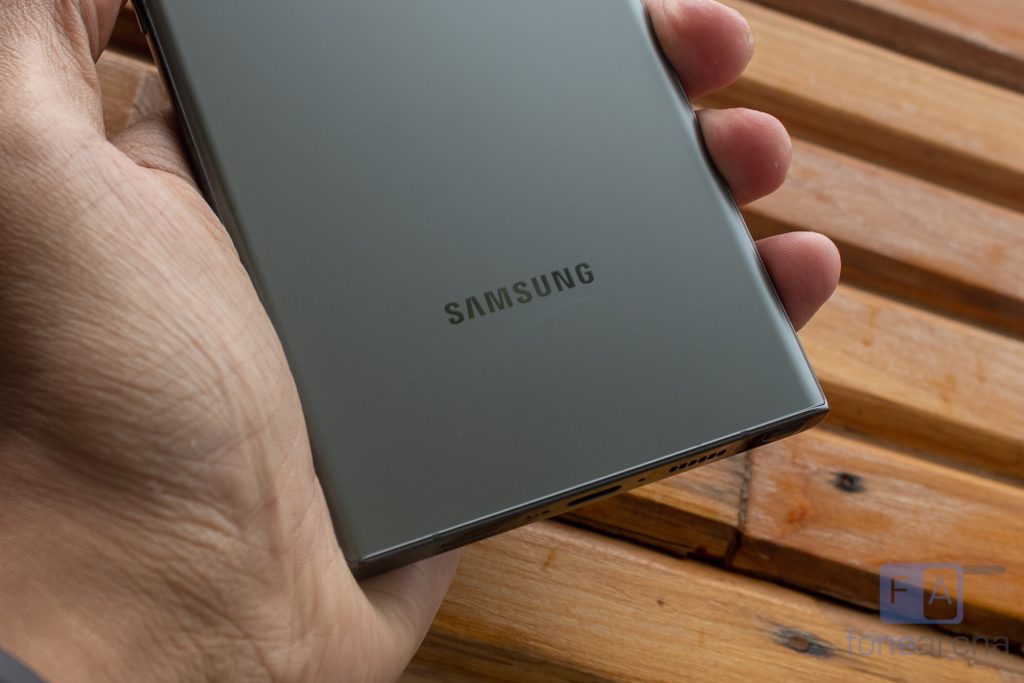
India’s smartphone market faced its highest ever Q1 decline, falling 19% YoY in Q1 2023 to over 31 million units, as per Counterpoint’s Market Monitor.
This marks the third consecutive quarterly decline due to sluggish demand, high inventory build-up from 2022, growing preference for refurbished phones, and a pessimistic channel outlook.
Change in Consumer Behavior
According to Senior Research Analyst Shilpi Jain, there has been a shift in consumer behavior with demand now centered around promotional periods. The Republic Day sales period witnessed a surge in demand across channels at the beginning of the quarter, but demand significantly dropped afterwards. Channel players are now focused on getting rid of existing inventory rather than creating a fresh inventory of new models.

5G Smartphones Show Growth
The silver lining for the quarter came from 5G smartphones, whose contribution crossed 40% for the first time, registering 23% YoY growth as consumers upgraded to 5G devices. However, OEMs must align their strategies with the changed consumer and market dynamics to keep up with the trends.
Counterpoint’s report forecasts similar situations in Q2 2023, with growth expected to return in the second half of the year due to faster 5G upgrades, easing macroeconomic pressure, and the festive season.

India Smartphone Market: Summary of Q1 2023
- Samsung tops India’s smartphone market for the 2nd straight quarter with 20% share and leads 5G shipments with 24% share. Successful launch of S23 series and financing options drive ultra-premium segment growth by 247% YoY.
- vivo maintains 2nd position with 17% share, driven by robust omnichannel presence and cost-effective pricing. Leading brand in affordable premium segment with 40% share, driven by V series.
- Xiaomi falls to 3rd spot with 16% share, suffering a 44% YoY decline due to weak demand in sub-INR 10,000 segment, over-dependence on online channels, and confusing portfolio. Redmi Note 12 series contributes over 14% of total shipments.
- OPPO takes 4th position with 12% share and 9% YoY growth. Focus on upper mid-tier range drives 144% YoY growth in high-tier segments, driven by F series.
- realme slips to 5th position with 9% share and 52% YoY decline due to inventory build-up and unfavorable market conditions in sub-INR 10,000 segment. Focusing on offline retail and C55 series, which accounts for 11% of shipments.
- Transsion Group brands itel, Infinix, and TECNO capture 1st spot in India’s handset market with 19% YoY growth and 16% share. itel takes 3rd spot with 23% YoY growth, TECNO takes 4th spot in sub-INR 10,000 segment, and Infinix is the 4th fastest-growing brand with 27% YoY growth.
- OnePlus is the fastest-growing brand with 72% YoY growth, driven by OnePlus Nord CE 2 Lite and OnePlus 11 series. Nord CE 2 Lite 5G is best-selling model, capturing 2nd spot in premium segment with 30% share. Actively expanding offline presence.
- Apple grows 50% YoY, grabs 6% share, and leads overall premium segment (>INR 30,000) and ultra-premium segment (>INR 45,000) with 36% and 62% shares respectively. Financing scheme and promotions on iPhone 14 series fuel growth in offline channels. Opening own retail stores to strengthen brand image.
- Lava does well with refreshed portfolio in sub-INR 10,000 segment, offering cheapest 5G smartphone (Blaze 5G). 3rd fastest-growing brand with 29% YoY growth among local brands.
Commenting on the competitive landscape and price band analysis, Senior Research Analyst Prachir Singh, said:
More people are buying expensive smartphones every quarter. The premium segment doubled its share in a year. Easy payment plans, attractive offers and retailer push are driving this trend. The mid-tier segment is losing out as people upgrade to higher-end models. The low-end segment is shrinking as people keep their phones longer and switch less from feature phones.
